Content
Cannabis seeds are the foundation of plant life, storing genetic information and nutrients for successful growth. Understanding the structure of the seed is important for both beginners and experienced growers to ensure proper care during the early stages of the plant's development.
External structure of the cannabis seed
The cannabis seed is an amazing natural mechanism that protects the future plant until it germinates. Its outer layer plays a key role in keeping the seed viable.
Seed shell (dough)
The shell is a dense protective layer that protects the internal elements of the seed from external influences such as:
- Mechanical damage.
- Humidity or dryness.
- Pathogens, including fungi and bacteria.
The color of the shell may vary depending on the variety:
- Sativa: shell thin, light colored, sometimes with green or grayish spots.
- Indica: the shell is thick, dark brown or black, often with stripes.
- Autoflowering: have an intermediate appearance, resistant to damage.
The stability of the shell is important to preserve the seed during storage and transportation.
Size and shape
Seed size is directly related to genetics:
- Sativa: small, oblong shaped. These seeds germinate easily in conditions of high humidity.
- Indica: large, rounded shape, due to their origin from regions with harsh climatic conditions.
- Autoflowering: usually compact, medium-sized, as they are hybrids of indica and sativa.
A proper understanding of seed size helps growers select appropriate varieties and optimize germination conditions.
Seed surface
The surface may be smooth or slightly rough:
- Sativa has a smooth surface with small spots or specks.
- Indica often has a more textured surface with distinct veins.
- Autoflowering seeds may have a combination of these characteristics.
Shell roughness may play a role in regulating moisture absorption, which is particularly important in germination.
Micropile
At one end of the seed, you may notice a small dot or hole - a micropyle. This is a kind of “entrance” through which moisture enters the seed, activating the germination process. The micropyle is protected by a shell, but remains permeable to water and oxygen.
Seed color as an indicator of health
A healthy cannabis seed usually has a thick, shiny shell with no cracks or blemishes. The color of the shell can be an indicator of maturity:
- A light or green color indicates immaturity.
- A dark, brownish-gray color with patterns (stripes or spots) indicates that the seeds are ready to germinate.
The role of external structure in seed selection
Growers often evaluate seeds visually before planting, focusing on their appearance:
- Seeds with damaged hulls rarely sprout.
- Mature seeds with a tight seed coat show high viability.
These characteristics are especially important for varieties such as autoflowering, which require minimal maintenance and are often chosen for quick and reliable growing.
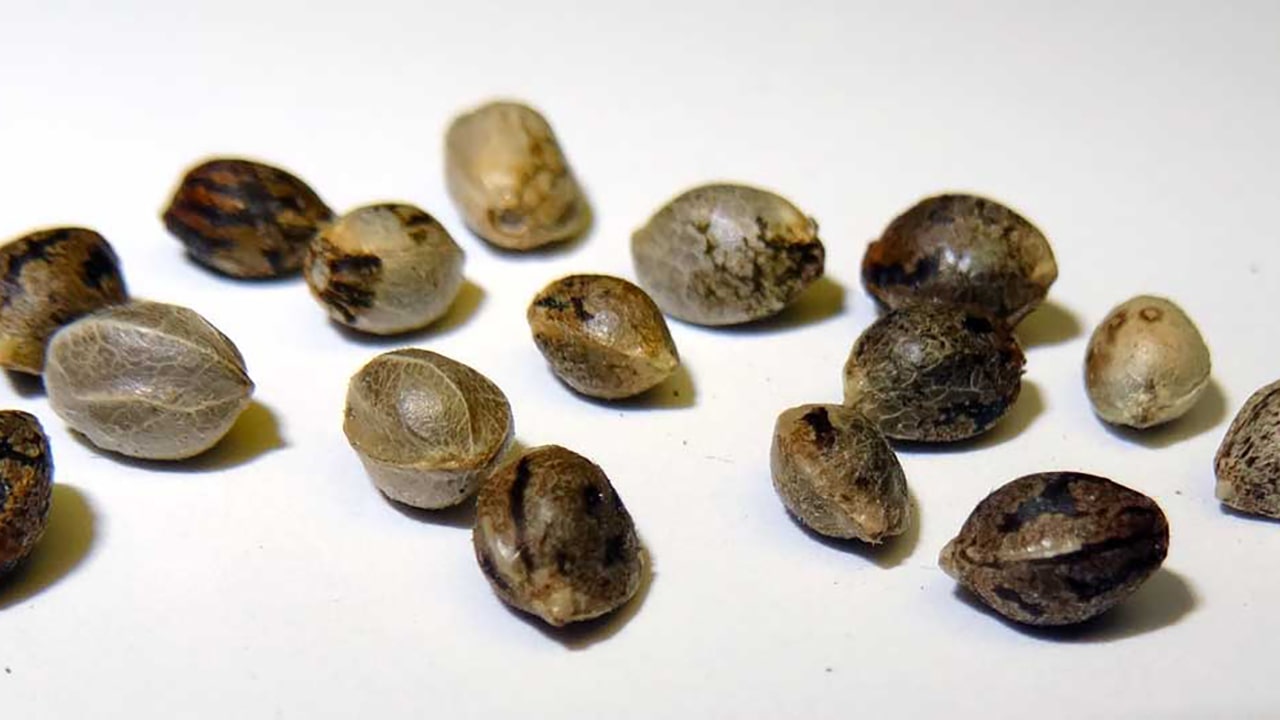
Internal structure of the seed
Beneath the protective shell of the seed lies a complex system responsible for the successful development of the plant. Each internal element has an important role to play, from the first stages of germination to the formation of a full-fledged bush.
Embryo
The embryo is the base of the future plant, containing all of its initial structures. It includes the following key components.
The spine (radicle) is the first part to be activated by germination. The radicle pierces the sheath and sprouts into the substrate to begin absorbing moisture and nutrients. Its development is especially important for all cannabis varieties, including sativa and indica, as a strong root system ensures stable growth.
The stem (hypocotyl) is the area between the stub and the seedling. After emerging from the soil, the hypocotyl begins to elongate, lifting the seedpods upward for their further opening.
The seedpods (cotyledons) are the first leaflets of the plant, containing a reserve of energy for initial growth. They differ from true leaves:
- Sativas are thin and elongated.
- Indica is wider and rounded.
- Autoflowering ones may vary in shape as they are hybrids.
Seedpods provide nutrition to the plant until true leaves emerge, able to photosynthesize.
Endosperm
The endosperm is the “storehouse” of nutrients inside the seed. It contains:
- Protein.
- Carbohydrates (in the form of starch).
- Lipids.
These elements are essential for the active growth of the embryo, especially in the first days after germination, when the plant is not yet able to obtain nutrition from the external environment.
The endosperm is especially important for autoflowering varieties, as their life cycle is short and nutrition in the initial stage of development is crucial.
Aleuron layer
This thin layer of cells surrounds the endosperm and performs the auxiliary functions of breaking down endosperm reserves into digestible forms and maintaining the embryo with nutrients until the stub emerges.
Humidity and activation of internal processes
When the seed enters a suitable environment (humidity, temperature, aeration), the germination process begins:
- The shell absorbs moisture through the micropyle, which causes the endosperm to swell.
- The moisture activates enzymes that begin to break down the starch and proteins in the endosperm.
- The spine is the first to emerge, followed by the stalk and seed pods.
Genetics and the role of internal structure
Each seed contains a unique set of genetic information that determines the characteristics of the future plant. Sativa has genetics that determine high growth and a long life cycle. Indica is compact and high yielding. Autoflowering plants have the ability to flower regardless of the light cycle. The internal structure of the seed forms the basis for the manifestation of these genetic characteristics.
Effect of fertilizers on internal development
During the germination stage, fertilizer is not required, as the endosperm provides the plant with everything it needs. Later on, however, it is important to choose the right nutrient mixtures. Sativa often requires fertilizers with a high nitrogen content at the initial stage. For indica, balanced nutrition is important to support the formation of dense bushes. Autoflowering varieties need readily available micronutrients and macronutrients because of their rapid cycle time.
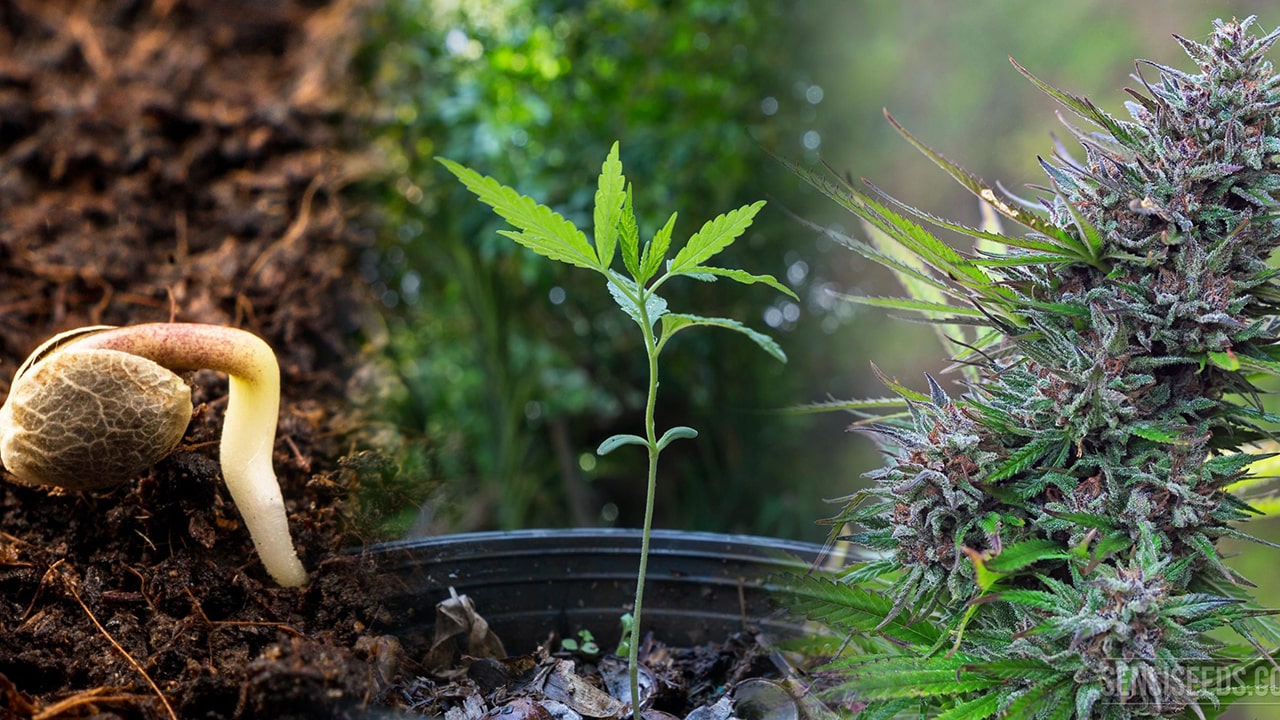
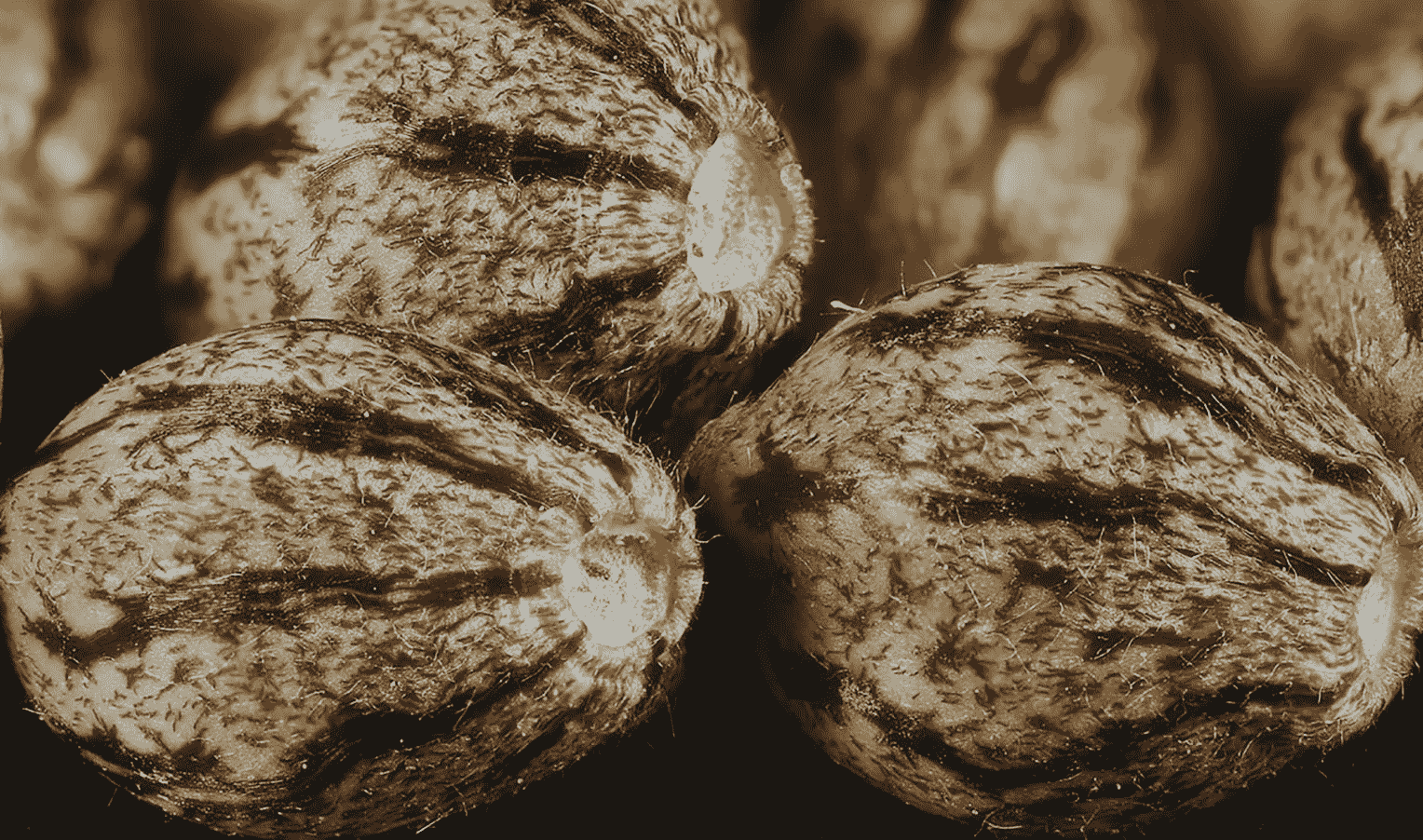
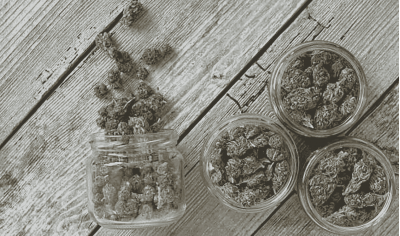

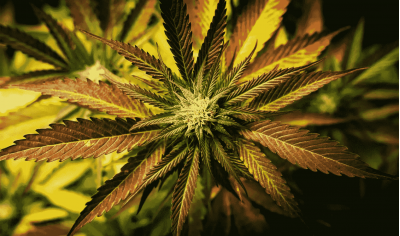
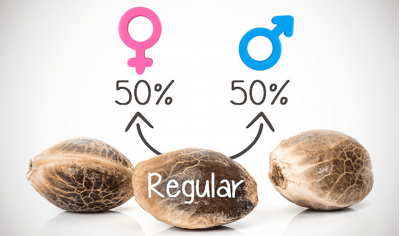
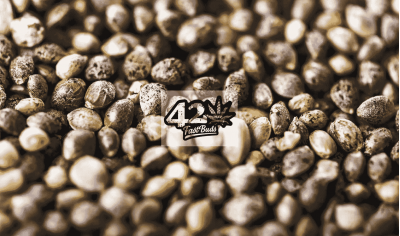
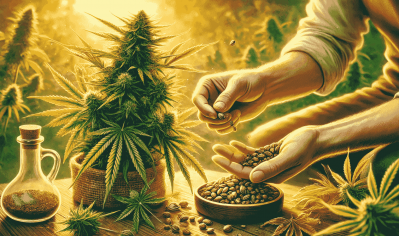
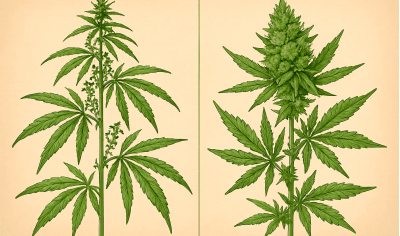


Write a comment